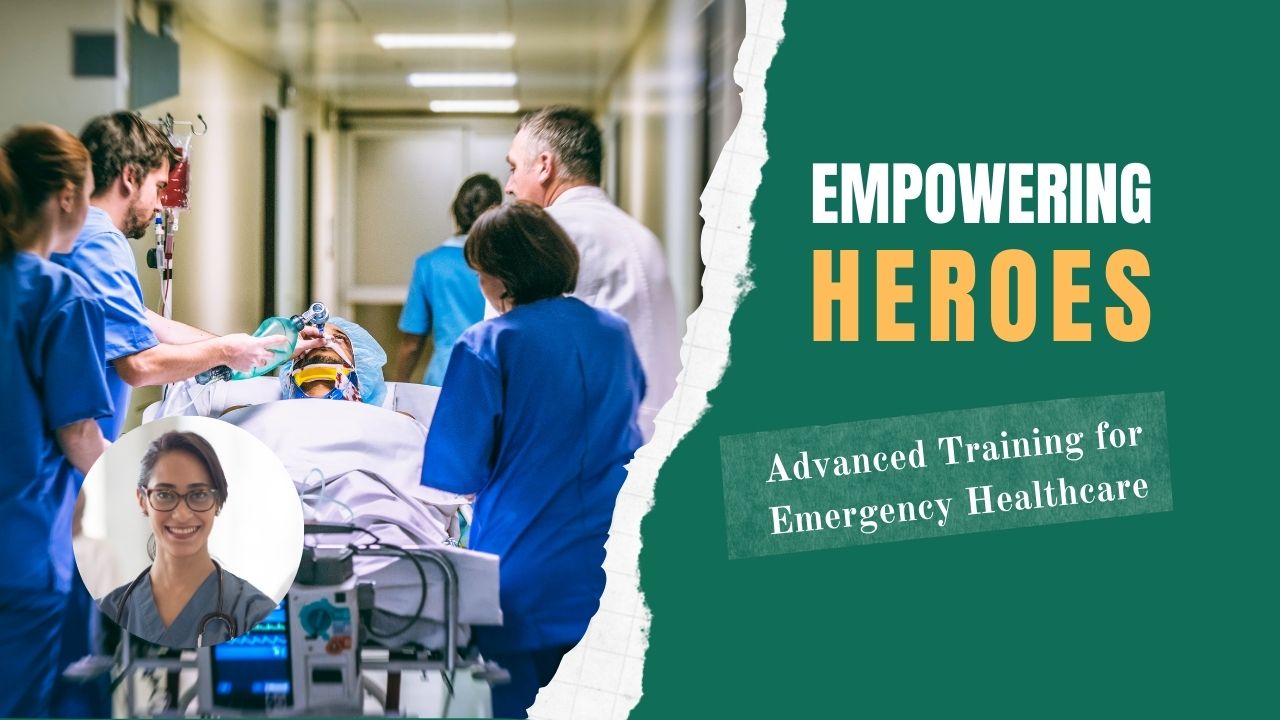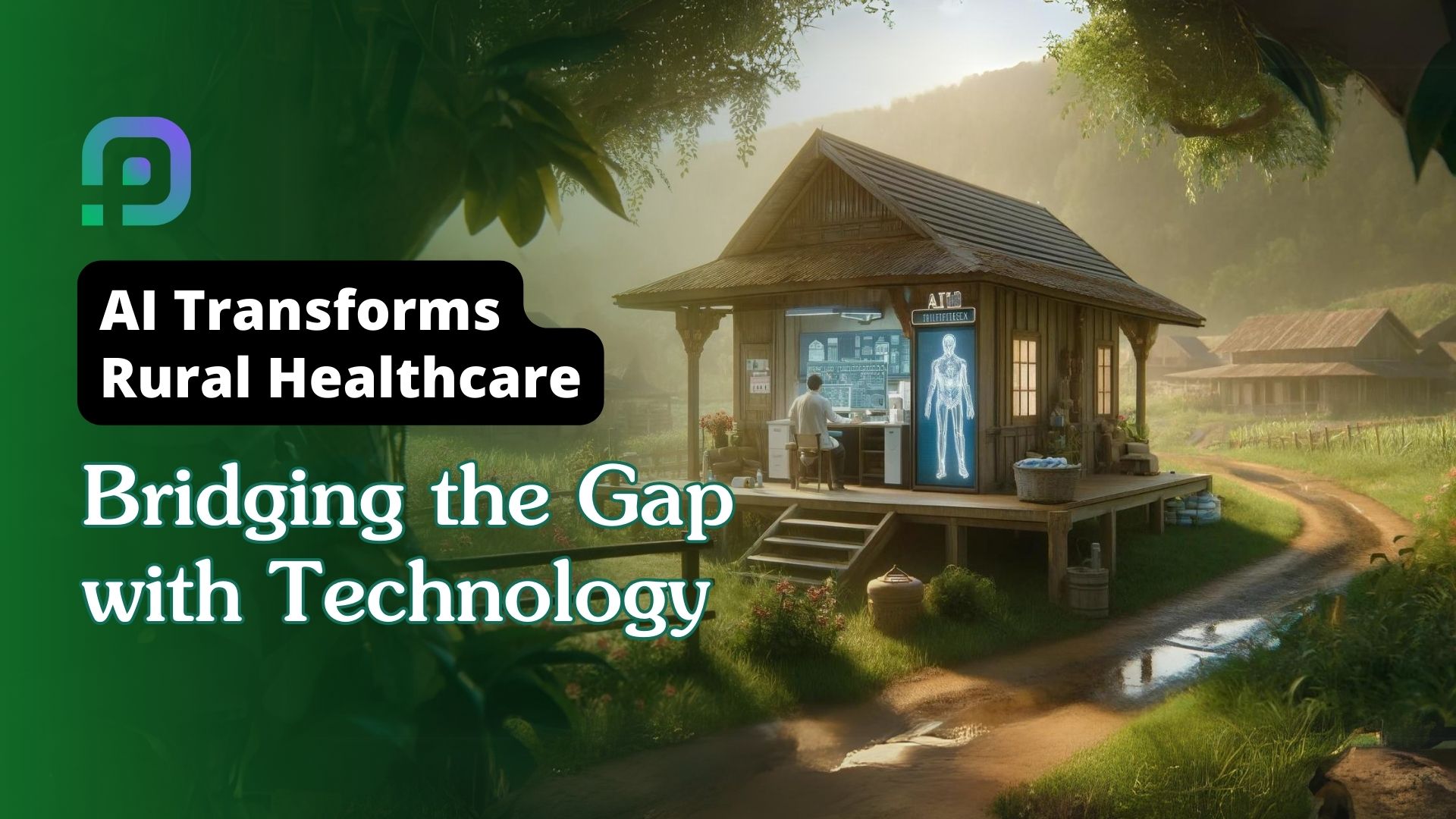Published - Thu, 11 Aug 2022

EVALUATION AND TREATMENT OF ANAPHYLAXIS
For making the diagnosis and determining the intensity of the reaction to formulate the management strategy, the history and physical examination are essential.
1. Patient history
a) The cause of the anaphylaxis should be determined.
— Antibiotics including penicillin are a major source of negative medication responses. The majority of responses happen after parenteral administration as opposed to oral.
— Radiocontrast media cause anaphylactoid reactions at a rate of 0.22% for ionic (high osmolar) agents. The risk of death has been estimated to be 1 in 10,000 (0.01%). Nonionic (low osmolar) agents cause anaphylactoid reactions at a rate of 0.04%.
— Lidocaine and other local anesthetics rarely cause true allergic reactions, but many patients report “allergy to ‘caines’” because a variety of nonallergic reactions are associated with its administration.
b) The route and timing of exposure should be ascertained. The route may be by injection, ingestion, inhalation, or cutaneous absorption.
c) Other details that may be crucial for the evaluation and management of the case include previous reactions to the same substance and the severity of those reactions, underlying medical conditions like cardiovascular disease or pulmonary disease, current medications like beta-blockers, antihistamines, and corticosteroids, as well as medication allergies.
2. Laboratory testing (see Table)
DIFFERENTIAL DIAGNOSES OF ANAPHYLAXIS
| Asthma exacerbation | Hypovolemic shock or sepsis |
| Carcinoid syndrome | Mastocytosis |
| Cerebrovascular accident | Myocardial infarction |
| Drug intoxication | Pulmonary embolus |
| Hereditary angioedema | Seizure disorder |
| Hyperventilation | Urticarial syndrome |
| Hypoglycemia | Vasovagal syncope |
| Laryngeal foreign body | Trauma to larynx |
3. Radiography: A chest radiograph may reveal hyperinflation or atelectasis.
THERAPY
1. Prompt intervention is vital:
a) Antigen exposure needs to be stopped, and vital signs need to be watched. At the first sign of the reaction, any intravenous antigen infusion should have been discontinued, and any topical medications should have been removed. Gastric lavage should be taken into consideration if the agent was recently consumed.
b) Epinephrine is administered to prevent mediator release. It relaxes laryngeal and bronchial smooth muscle and supports blood pressure.
i) Side effects: Epinephrine may cause vomiting, hypertension, tremor, and tachydysrhythmia.
ii) Possible contraindications include cardiac ischemia, severe hypertension, and pregnancy. Glucagon can be substituted if epinephrine is contraindicated.
iii) Dosage and administration
— Epinephrine 0.1% (1:1,000 preparation). In patients with stable vital signs, epinephrine 0.1% is given subcutaneously or intramuscularly every 15 minutes as required. The dosage is 0.3 to 0.5 mL for adults and 0.01 mg/kg for children.
— Epinephrine 0.01% (1:10,000 preparation) is administered intravenously when there is significant airway compromise or shock. For adults, the dosage is 1 to 3 mL, administered slowly intravenously (or diluted in normal saline to 10 mL and administered via an endotracheal tube). Children receive 0.1 mg/kg by slow intravenous infusion.
c) Stabilization of airway, breathing, and circulation (ABCs)
i) The airway should be observed closely and supported as needed with endotracheal intubation or cricothyrotomy.
ii) High-flow oxygen should be administered.
iii) Blood pressure should be supported by placing the patient in a recumbent position, infusing intravenous fluids, and, if necessary, administering a continuous infusion of epinephrine.
d) Treatment of bronchospasm is with Beta agonists or nebulized epinephrine
e) Histamine receptor blockade
i) Histamine-1 receptors should be blocked with an antihistamine such as diphenhydramine (1 to 2 mg/kg intravenously, up to a total dose of 50 mg, initially and every 6 to 8 hours as needed, for adults and children).
ii) Histamine-2 receptors. Blocking the histamine-2 receptors with an agent such as cimetidine or ranitidine may also be advantageous.
f) Prevention of late-phase reactions: A corticosteroid (e.g., prednisolone, 1 to 2 mg/kg intravenously every 6 hours until conversion to oral medication) should be administered intravenously in an attempt to abort late-phase reactions.
g) Treatment of refractory anaphylaxis: In the presence of β- blockade, anaphylaxis may be particularly refractory to treatment, and glucagon (0.05 mg/kg administered as an intravenous bolus, followed by an infusion at a rate of 0.07 mg/kg/hour) may need to be employed.
2. Late-phase reactions may occur in the ensuing 6 to 48 hours. The treatment strategy for a late-phase reaction is the same as that for an initial reaction.
Created by
Rigomo Team
Rigomo is a leading online education platform that offers a wide range of courses to help individuals enhance their skills and achieve their career goals. With our user-friendly interface and expert instructors, we strive to provide high-quality education to everyone, anytime and anywhere. Join us today and take the first step towards a brighter future.
Rigomo is an e-learning platform that was founded in 2019 by a team of dedicated professionals with a passion for revolutionizing the way people learn. The platform offers a range of online courses that cover various industries, including business, technology, healthcare, and more.
Rigomo's courses are designed to be interactive and engaging, with a focus on practical skills that learners can apply in their careers. The platform uses a combination of video lectures, quizzes, and hands-on projects to help learners master the subject matter.
Rigomo is committed to providing affordable and accessible education to people around the world. The platform offers a range of pricing options, including monthly and annual subscriptions, as well as pay-as-you-go options for individual courses.
Since its launch, Rigomo has received numerous accolades for its innovative approach to e-learning. The platform has helped thousands of learners across the globe acquire new skills and advance their careers.
As Rigomo continues to grow, the team remains committed to providing high-quality education that is accessible to all. The platform is constantly updating its courses and features to ensure that learners have access to the latest tools and technologies.
Comments (0)
Search
Popular categories
Health and Wellness
231Skill Development
7Technology
5Community Impact
2Success story
2Creativity
1Latest blogs

DeepSchool: The Story of an Idea That Refused to Sit Still
Tue, 02 Dec 2025

Transforming Emergency Care: The Story Behind Rigomo's Revolutionary PPMMP Course
Sun, 12 May 2024

Empowering Rural Healthcare: How Pogiko's AI is Bridging the Gap in Medical Services
Thu, 25 Apr 2024

Write a public review